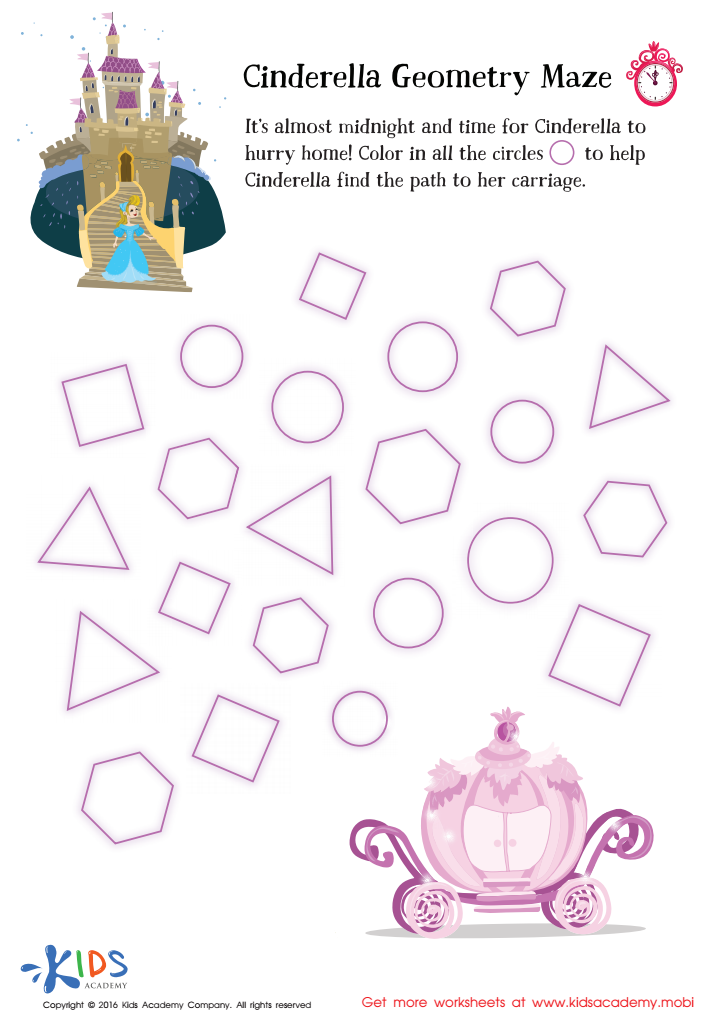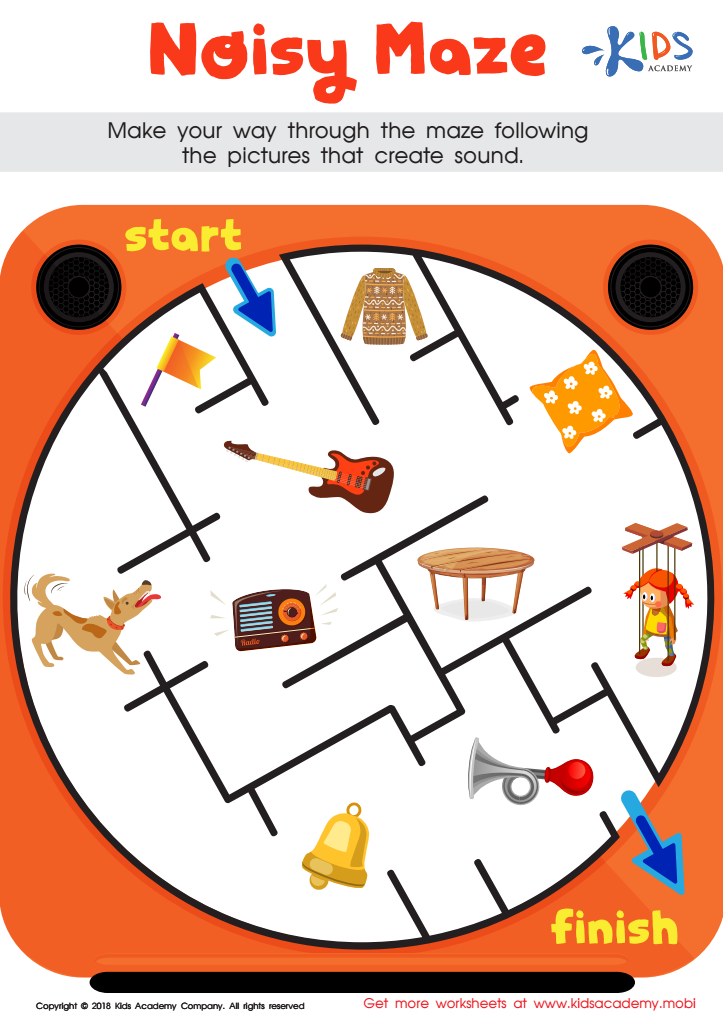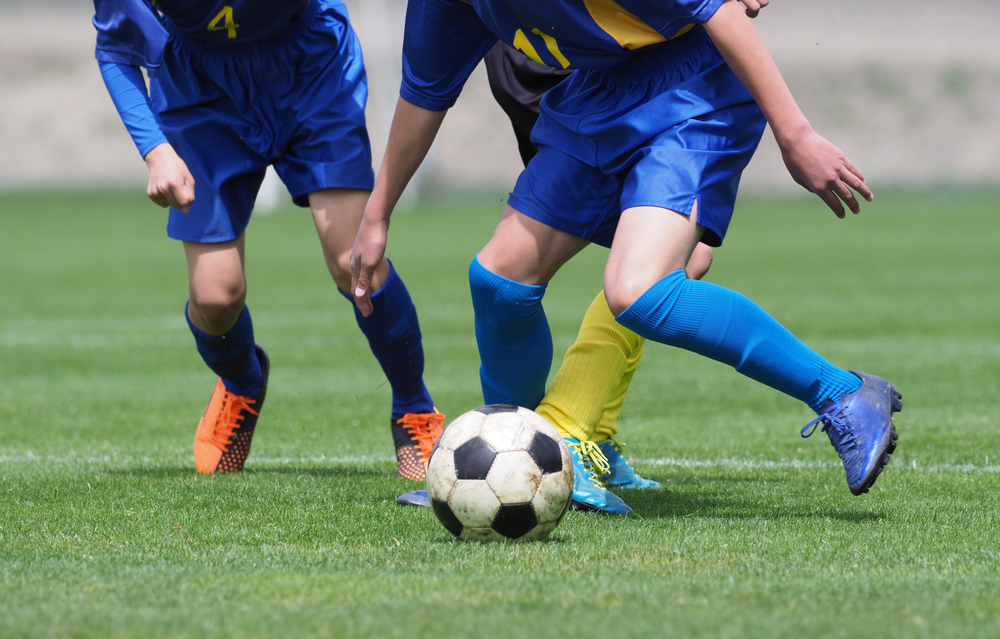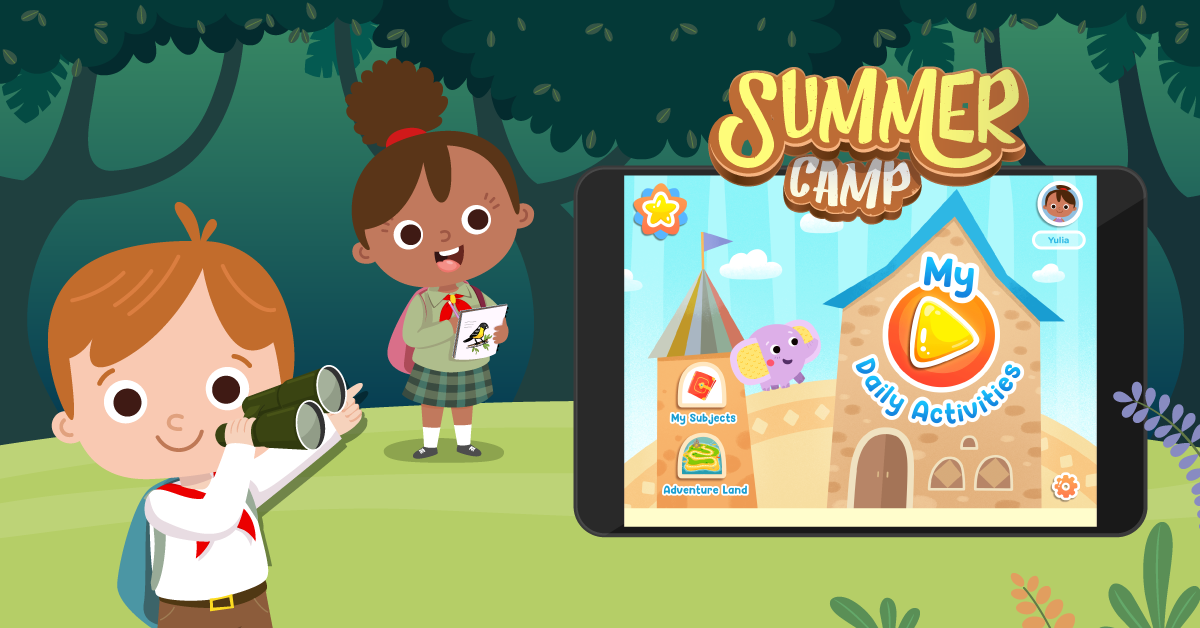Spatial Orientation Normal Worksheets for Ages 5-6
3 filtered results
-
From - To
Enhance your child's spatial awareness with our Spatial Orientation Normal Worksheets for Ages 5-6! These expertly designed worksheets help young learners develop crucial skills such as understanding directions, recognizing shapes, and navigating spaces. Featuring engaging activities, these worksheets make learning fun while promoting critical thinking and problem-solving abilities. Ideal for home or classroom use, our printable resources are easy to follow and tailored to suit early learners' needs. Empower your child to master spatial orientation skills with Kids Academy's trusted educational materials. Explore and download today for an invaluable addition to your child's learning journey.


Going up or Down? Worksheet


Cinderella Geometry Maze Worksheet


Noisy Maze Worksheet
Parents and teachers should prioritize spatial orientation for children aged 5-6 because it forms a crucial foundation for various developmental skills. Spatial orientation—the understanding of one's position in space and the relationship between objects—is integral to early childhood development. It fosters cognitive skills relevant to math and science, such as recognizing shapes, patterns, and the concepts of size and location, which are essential for problem-solving and logical thinking.
Children with well-developed spatial skills tend to perform better academically in both STEM (Science, Technology, Engineering, Mathematics) and non-STEM areas. For instance, being able to visualize objects from different angles enhances their ability to understand maps, follow directions, and later grasp more advanced math concepts like geometry.
Moreover, spatial orientation is closely linked to physical coordination and movement. Activities that involve climbing, navigating playground equipment, or understanding how their body moves in relation to their environment help improve motor skills and body awareness, resulting in better overall physical health and coordination.
On a social-emotional level, strong spatial skills can boost a child’s confidence as they learn to navigate their world safely and efficiently. Overall, emphasizing spatial orientation at this critical developmental stage equips children with essential life skills, paving the way for academic success and personal growth.
 Assign to My Students
Assign to My Students



















